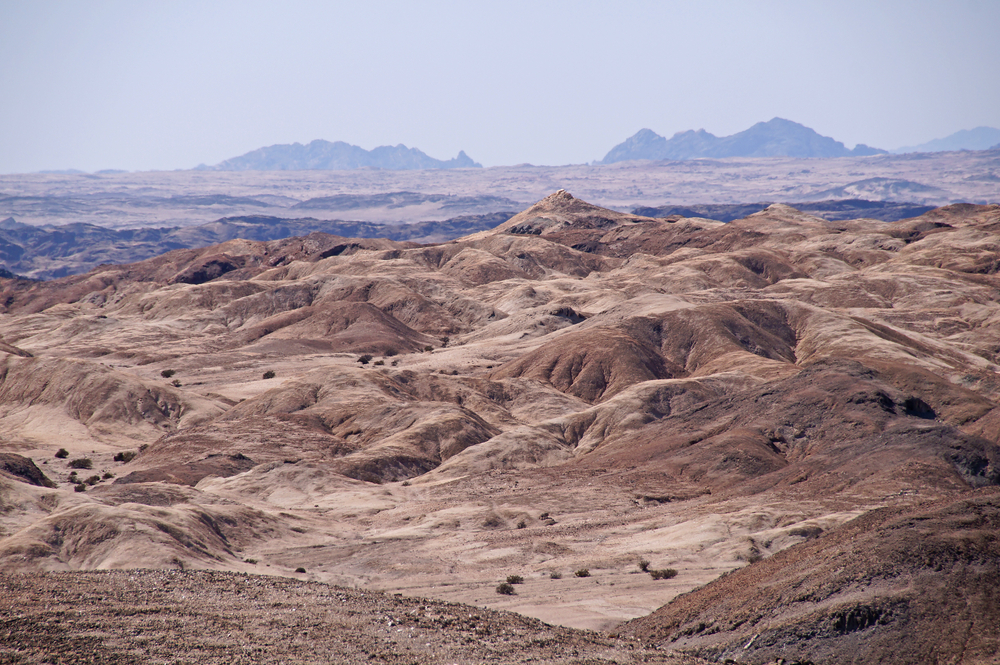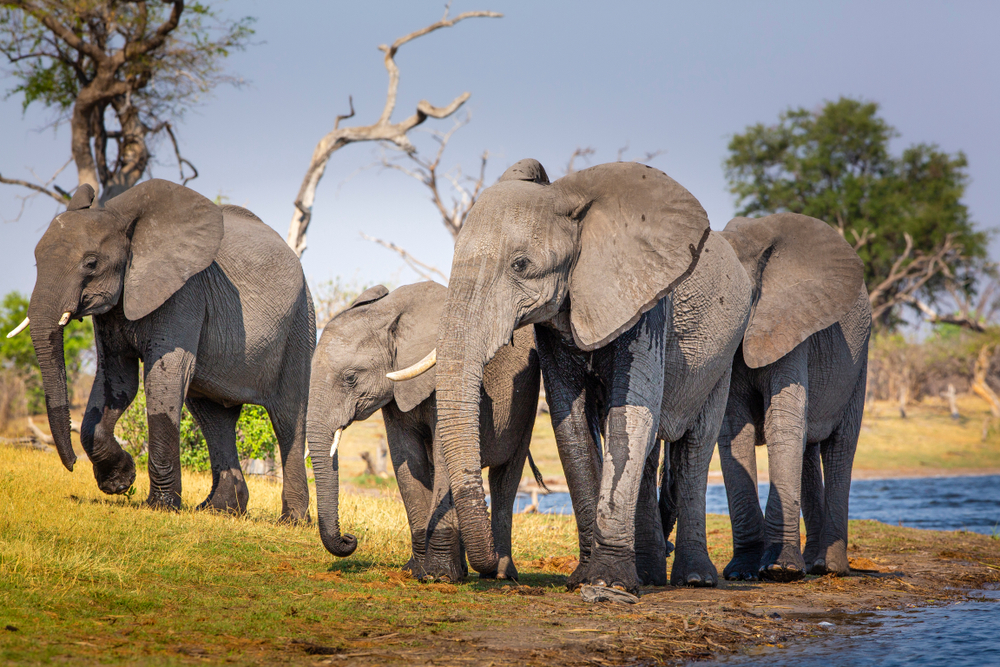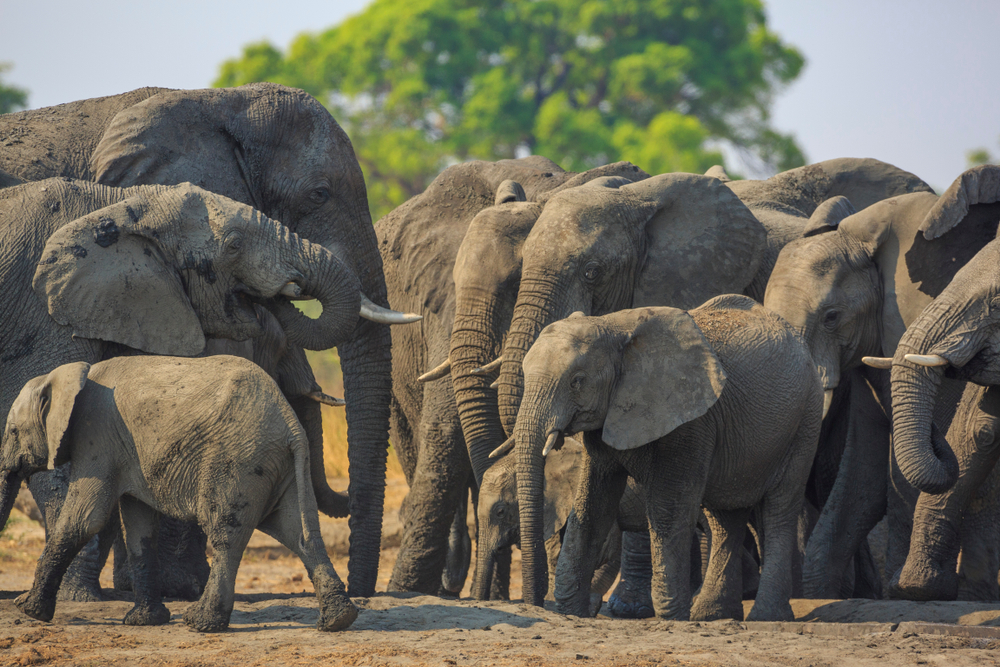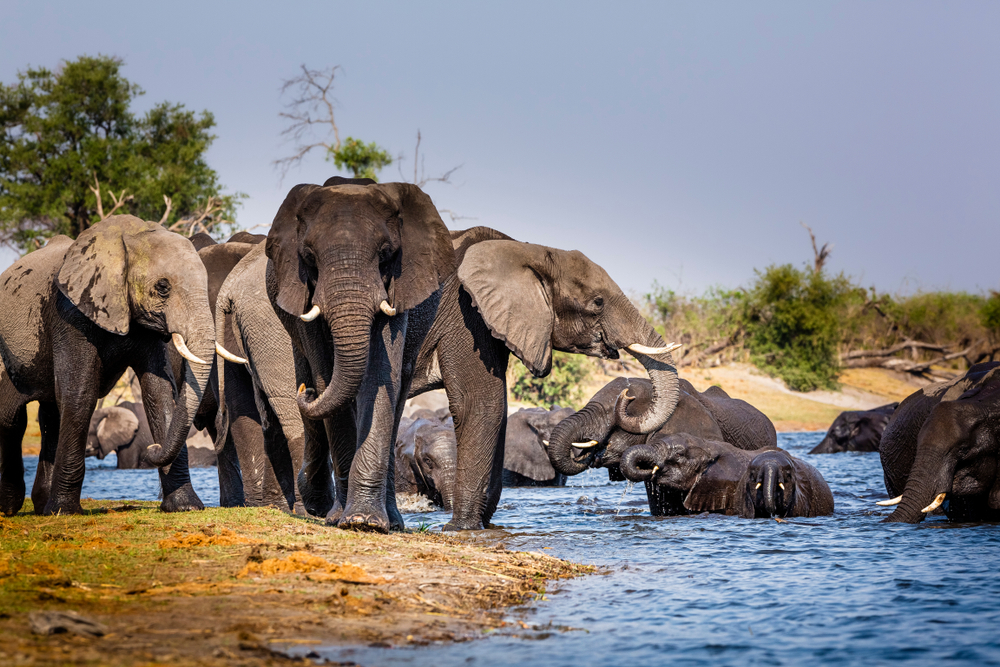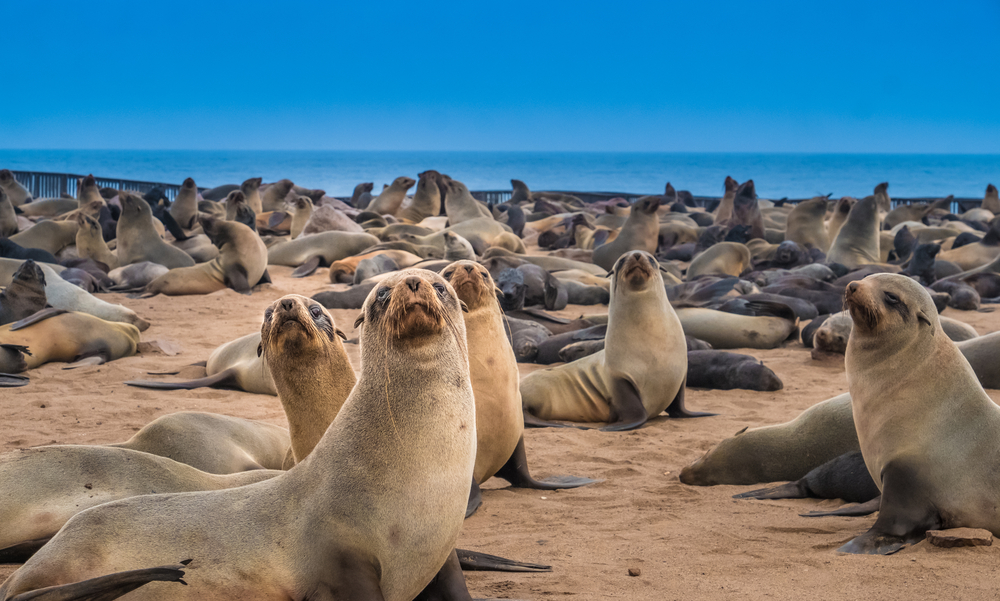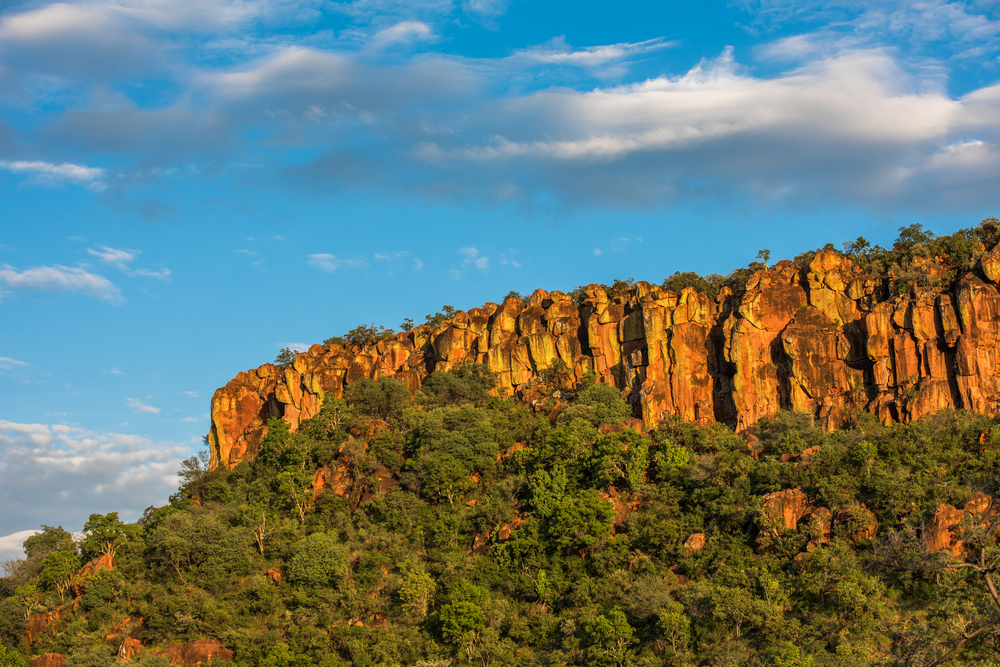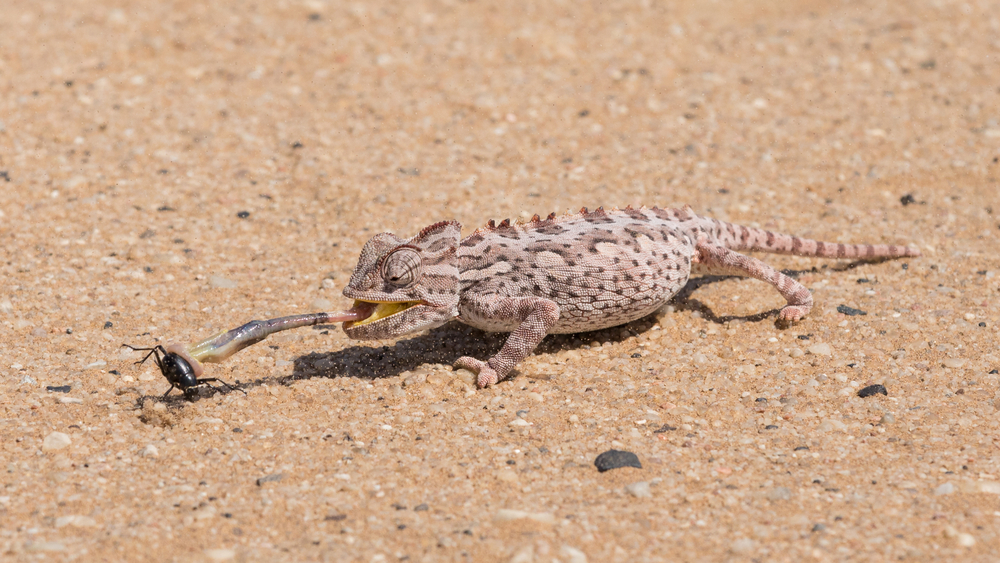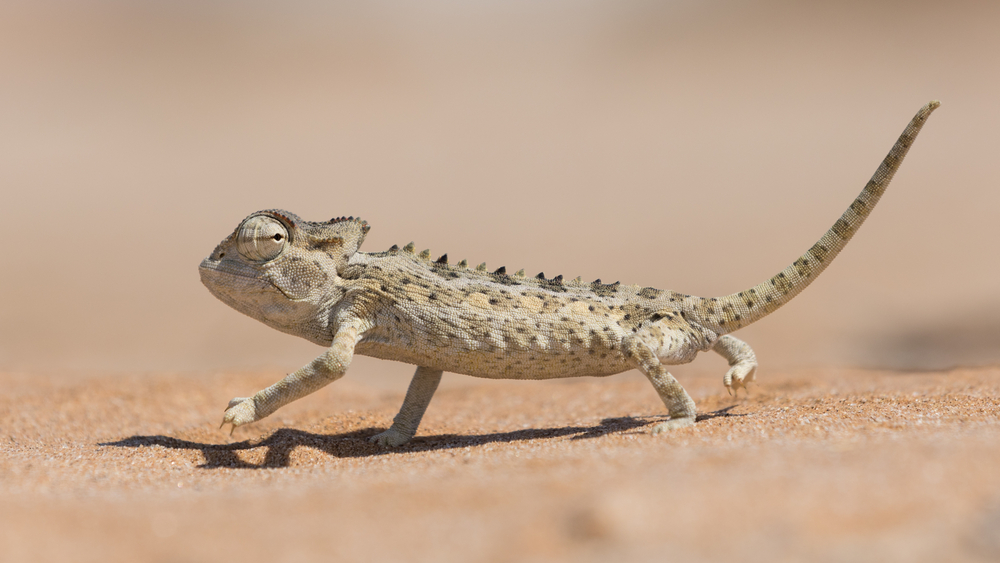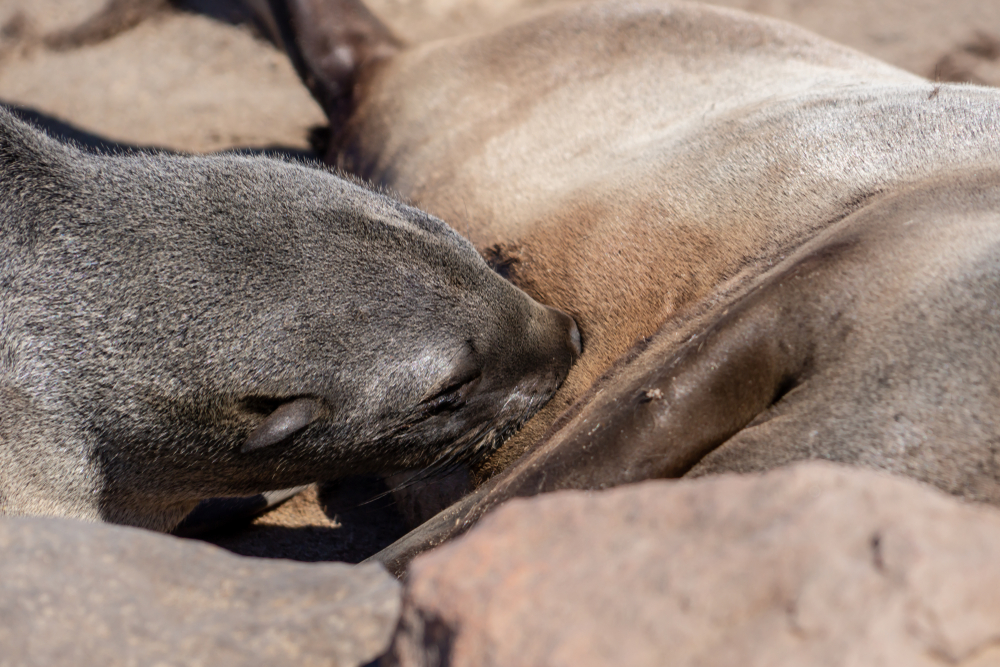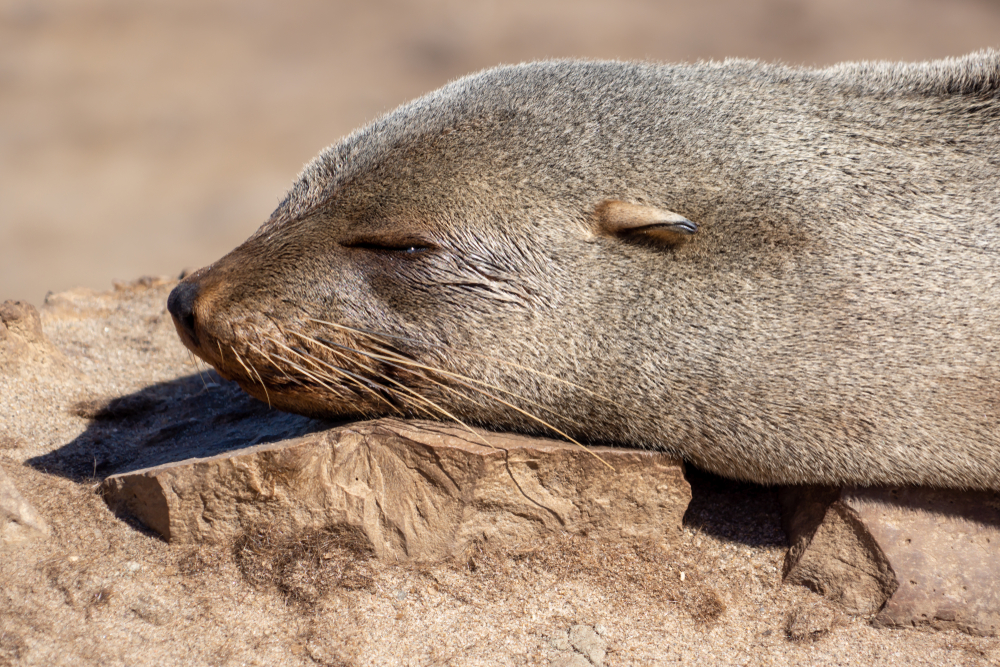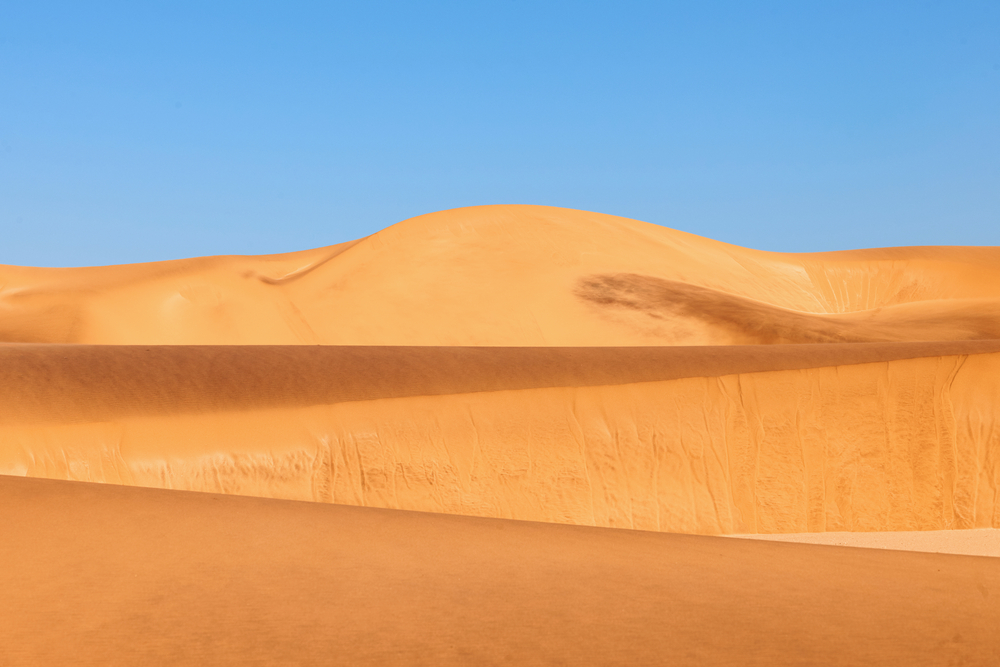Dorob Overview
Dorob National Park, stretching along the Namibian coast between the Swakop and Ugab rivers, is a vast and unique conservation area that was proclaimed in December 2010. Covering an area of approximately 10,700 square kilometers (4,132 square miles), it forms a crucial part of the Namibian Skeleton Coast conservation region, linking the Namib-Naukluft National Park to the south with the Skeleton Coast Park to the north. This strategic positioning creates a continuous conservation corridor along the Namibian coast, protecting a diverse array of coastal and desert ecosystems.
Dorob National Park’s name, derived from the Nama word meaning “dry land,” aptly describes its landscape, which ranges from sandy beaches and dunes to gravel plains and rocky outcrops. Despite its arid environment, the park is biologically rich, supporting a variety of wildlife adapted to the harsh coastal conditions. It is home to several species of mammals, including brown hyenas, jackals, and a variety of antelope, as well as a significant number of bird species, some of which are endemic to the region.
The park is also notable for its marine biodiversity, with its coastal waters forming part of the Benguela Current Large Marine Ecosystem, one of the most productive ocean areas in the world. This rich marine environment supports an abundance of fish and marine mammals, including seals, dolphins, and whales, making it an important area for both conservation and sustainable fisheries.
Dorob National Park offers visitors a range of outdoor recreational activities, including fishing, bird watching, photography, and exploring the dramatic landscapes through self-drive safaris. The park’s accessibility and the diversity of experiences it offers make it a popular destination for both locals and tourists seeking to explore Namibia’s unique coastal wilderness.
As a relatively new national park, Dorob plays a vital role in Namibia’s conservation efforts, protecting the country’s unique coastal ecosystems while offering opportunities for sustainable tourism and environmental education.
Park Map
Dorob National Park Highlights
Engaging Dorob
Dorob National Park Trails
Sources
- Explore Africa, Dorob National Park, https://www.exploring-africa.com/en/namibia/dorob-national-park/dorob-national-park, retrieved March 2024.
- Info Namibia, Dorob National Park, https://www.info-namibia.com/activities-and-places-of-interest/swakopmund-surrounds/dorob-national-park, retrieved March 2024.
- Ministry of Environment, Dorob National Park, http://www.met.gov.na/national-parks/dorob-national-park/216/, retrieved March 2024.
- NACSO, Dorob National Park, http://www.nacso.org.na/national-parks/dorob-national-park, retrieved March 2024.
- Namibia Tourism, Dorob National Park, http://www.namibiatourism.com.na/blog/Dorob-National-Park retrieved March 2024.
- Travel News Namibia, Dorob National Park, https://www.travelnewsnamibia.com/news/stories/destinations/a-park-of-extremes-dorob/, retrieved March 2024.








































































